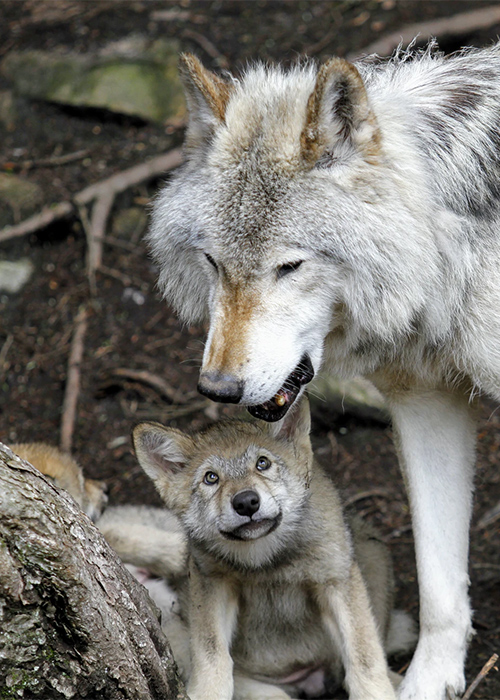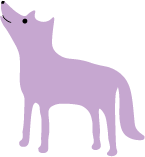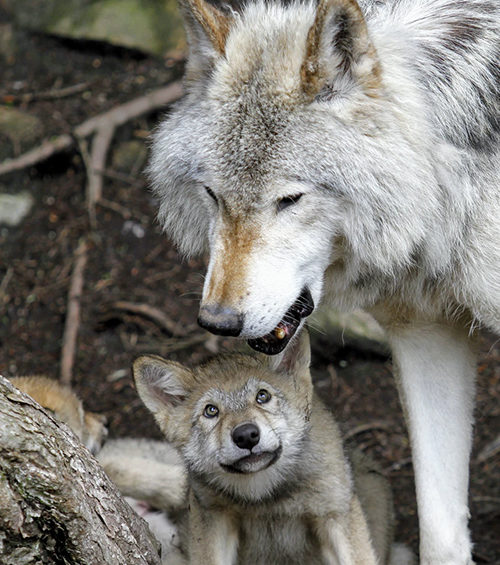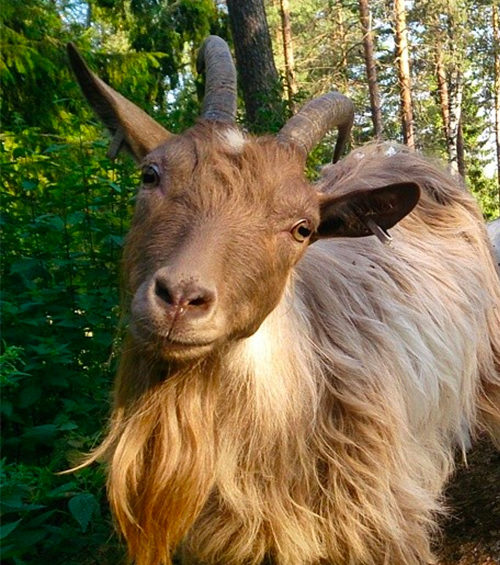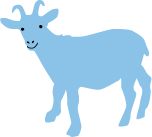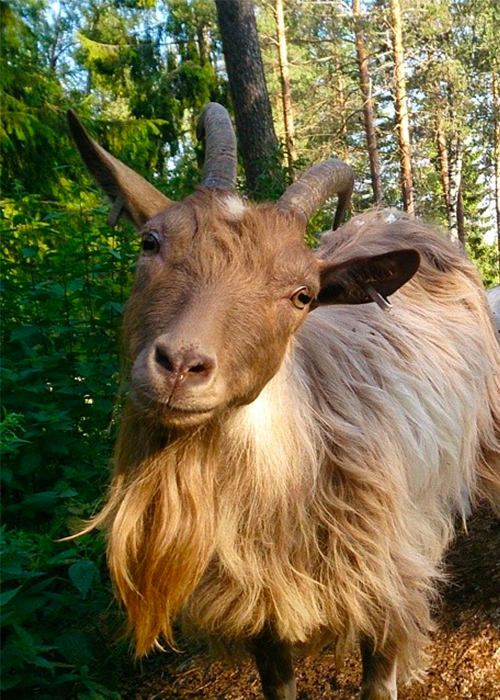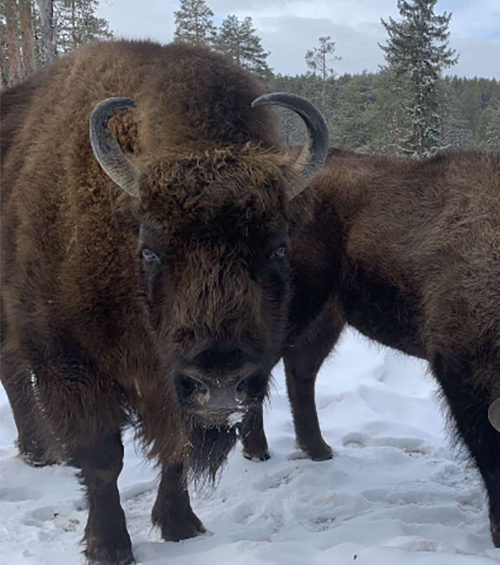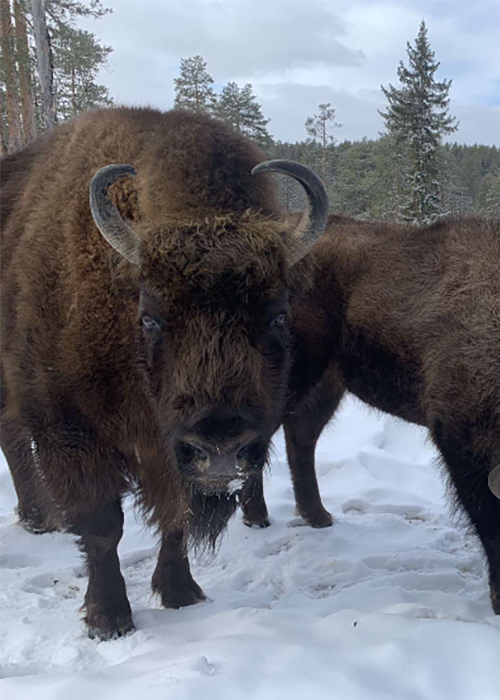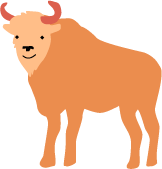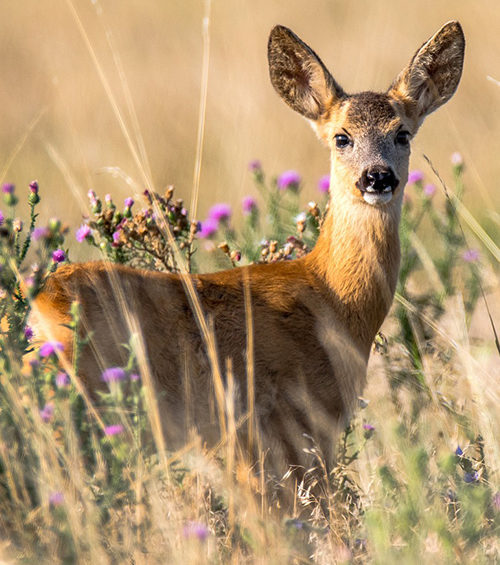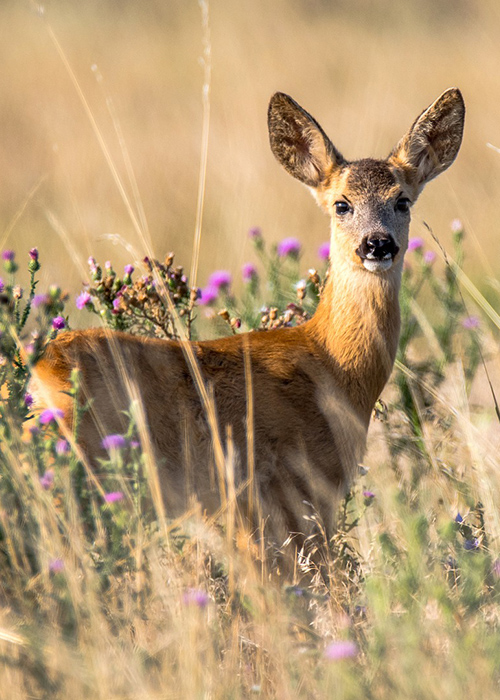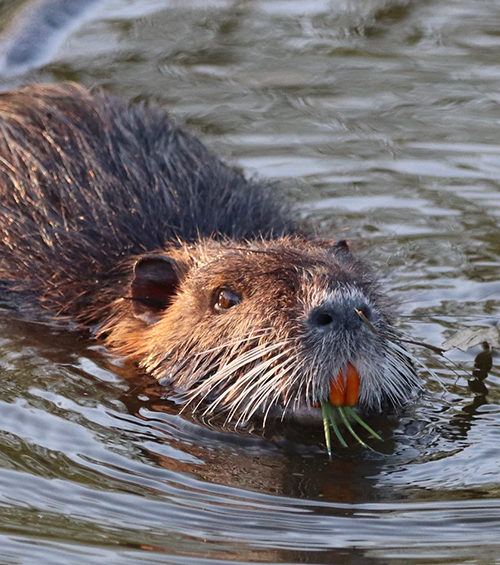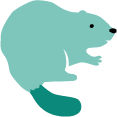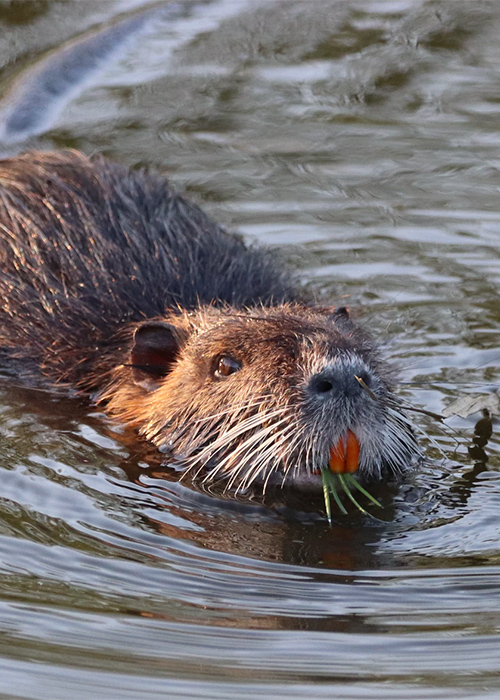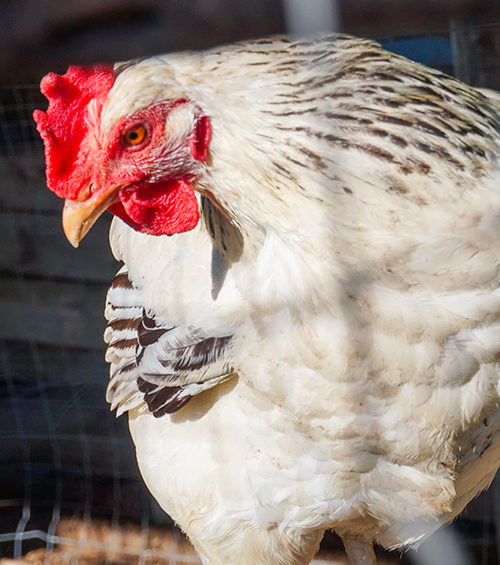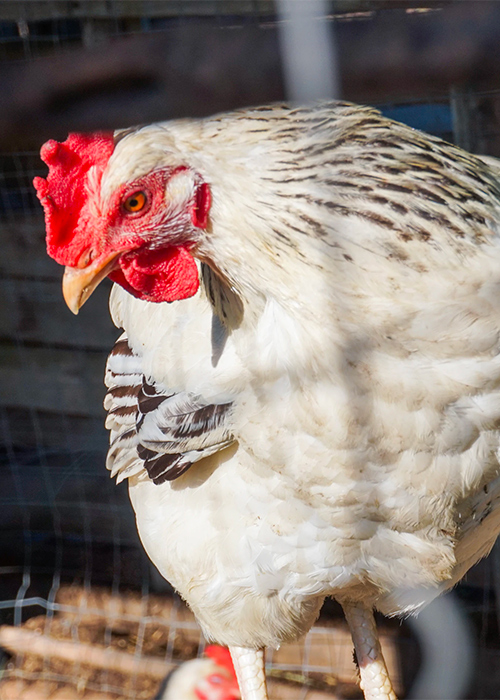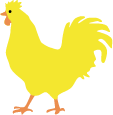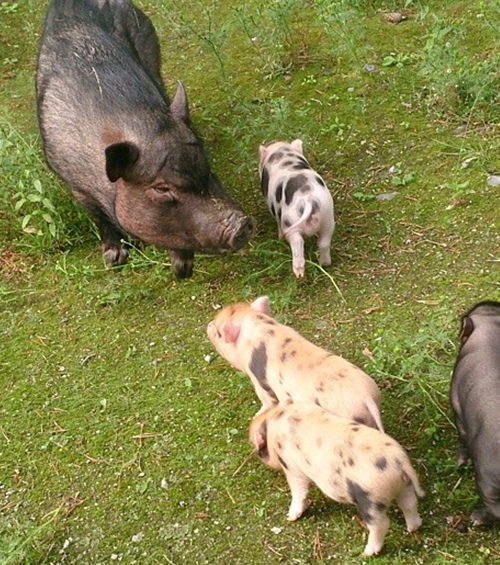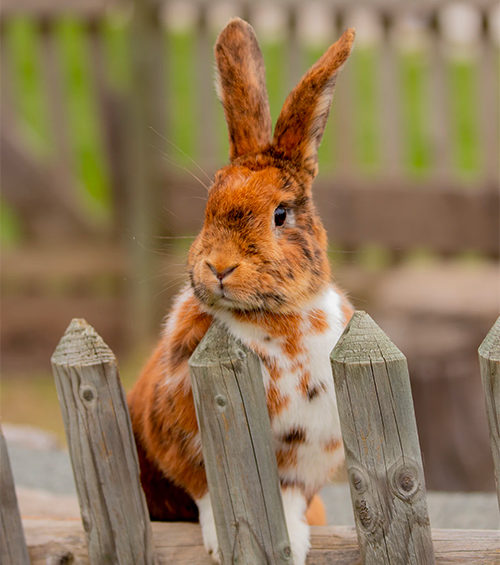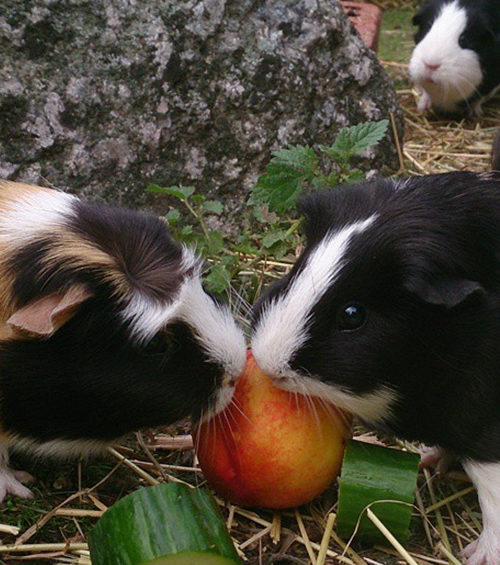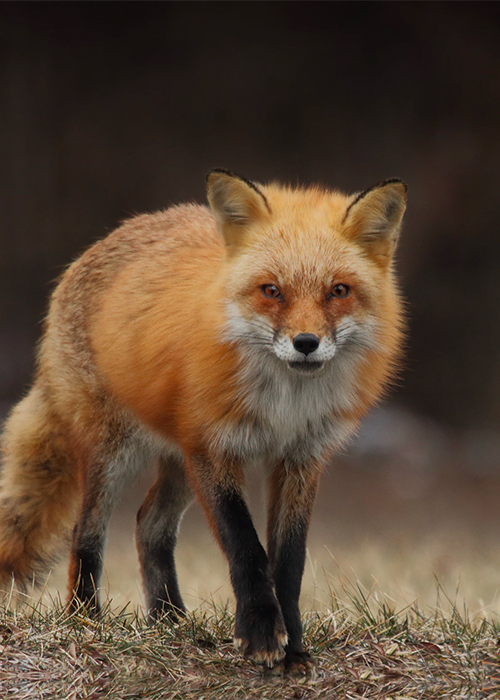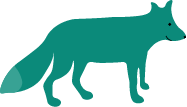(Castor fiber) The beaver is known as "nature's engineers" and "master builders of the animal kingdom". It is the largest rodent in the northern hemisphere. After being threatened with extinction in several countries, the beaver has made a rapid comeback due to extensive protection measures and reintroduction to its original habitats. Beavers are twilight and nocturnal animals, and they live in lifelong pairs. They are excellent swimmers, capable of diving and staying underwater for up to 15 minutes. Beavers dig holes in the banks of rivers and build lodges made of branches and mud with an entrance that is always underwater. They fell trees up to 50 cm in diameter. Beavers eat exclusively vegetarian food, such as shoreline vegetation, leaves, and the soft parts of tree bark.
The beaver's fur is brown and very dense. The fur protects the animal from hypothermia. Beavers continually clean their fur and coat it with a greasy substance called castoreum. Their tail is flat, scaly, and paddle-shaped. Their hind feet have webbing between the toes for swimming.
| Belongs to: |
Order Rodentia (rodents) |
| Family: |
Beavers (Castoridae) |
| Weight: |
12 - 30 kg |
| Lifespan: |
15 – 20 years |
| Mating season: |
Occurs during the period of February to March |
| Gestation period: |
ca 15 weeks |
| Offspring: |
1-4 fully furred young with open eyes that can swim and dive just after a few days. They nurse for 2 months and stay with the family for 2-3 years. |
